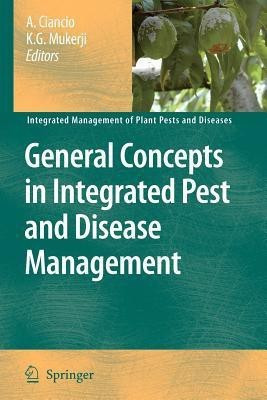General Concepts in Integrated Pest and Disease Management(English, Paperback, unknown)
Quick Overview
Product Price Comparison
The proposal for this series originated during a short term visit of Professor Mukerji to the Plant Protection Institute of CNR at Bari, Italy, in November 2005. Both editors agreed on the need to produce a volume focusing on recent advances and achievements which changed the practice of crop protection in the last decade. The opera rapidly evolved towards a long term editorial endeavour, yielding a mul- disciplinary series of five volumes. In view of environmental and health concerns, a determined effort is currently made in almost any agroecosystem in the world, to reduce and rationalize the use of chemicals (pesticides, fungicides, nematocides etc. ) and to manage pests/pathogens more effectively. This consciousness is not only related to the need of nourishing a still growing world population, but also derives from the impact of side effects of farming, like soil, water and environmental contamination, calling for a responsible conservation of renewable resources. There are increasing expectations at the producers and consumers levels, concerning low inputs agriculture and residues-free food. Disciplines like IPM/IDM (integrated pest management / integrated disease management) are now central to the science and technology of crop protection. In the classical version of IPM/IDM, a pesticide/fungicide is applied only when the pathogen population reaches a level that would lead to economic losses in the crop. In other words, classical IPM/IDM concentrates on reducing the numbers of noxious organisms through the application of agrochemicals.


